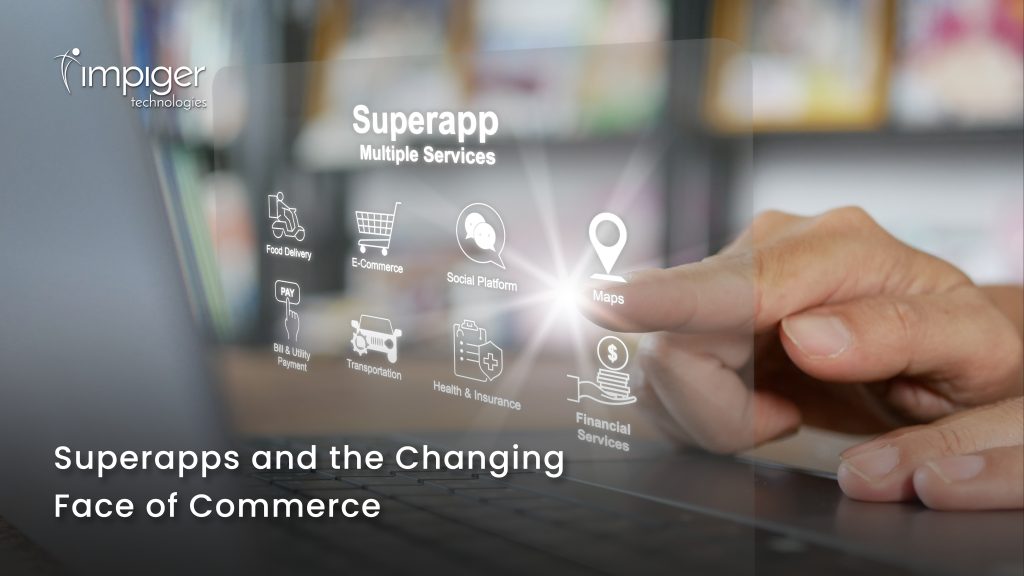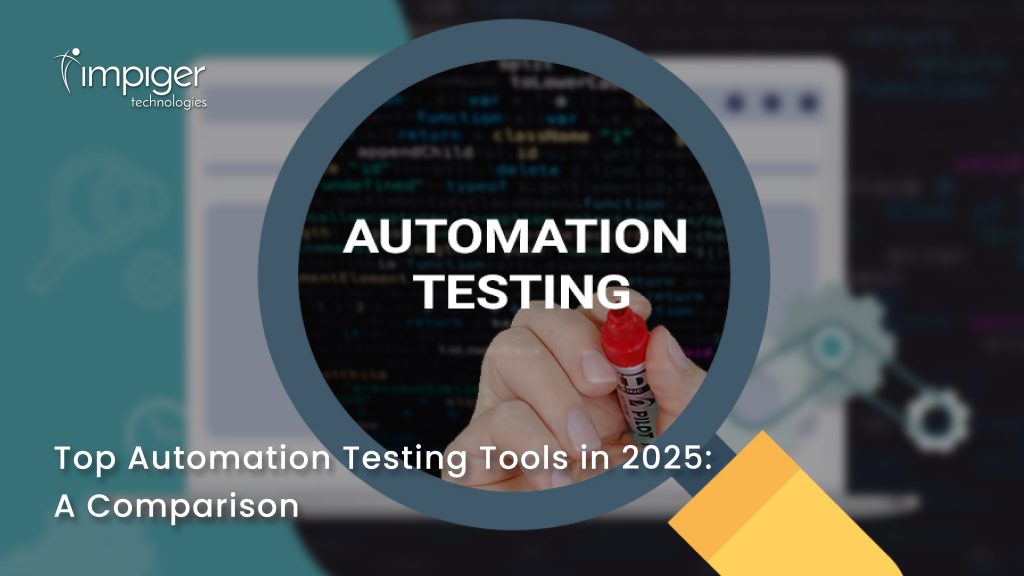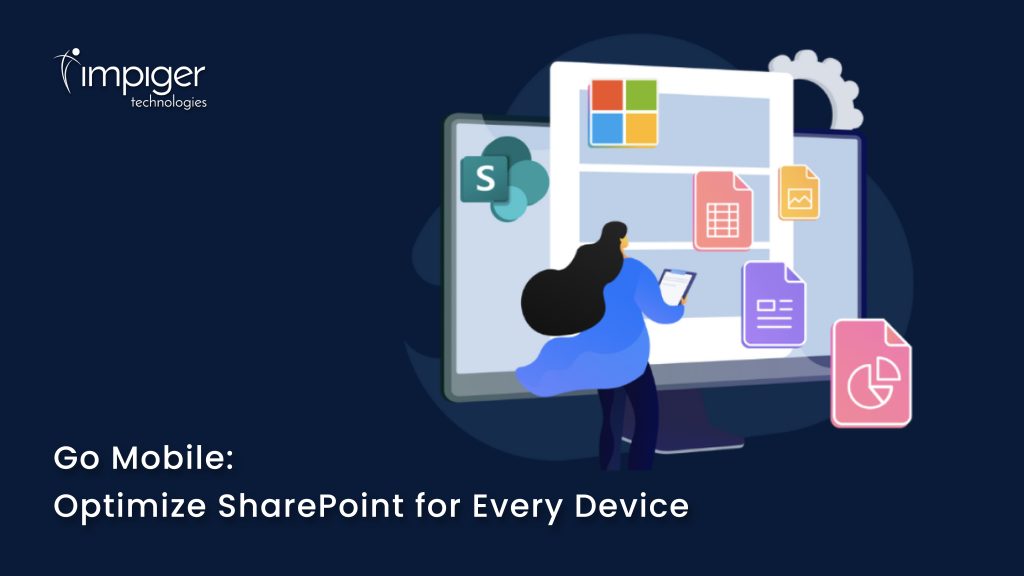In today’s fast-paced business environment, data is the lifeblood of informed decision-making. Yet, navigating disparate systems to access insights can be a bottleneck. Integrating intranet portals with Business Intelligence (BI) tools bridges this gap, transforming static platforms into dynamic centers of analytics.
The Value of Integration
Intranet portals are the backbone of internal communication and resource sharing. When paired with BI tools, they unlock:
- Centralized Insights: Employees gain access to real-time data directly from the intranet.
- Enhanced Efficiency: Integration reduces the time spent switching between platforms.
- Data Democratization: Simplified interfaces empower all employees, regardless of technical expertise, to harness data insights.
How the Integration Works
Modern integration relies on advanced technologies, including:
- APIs (Application Programming Interfaces): RESTful APIs enable seamless data flow between intranet portals and BI tools like Tableau, Power BI, or Looker.
- Embedded Analytics SDKs: Software Development Kits allow developers to incorporate BI dashboards and reports into intranet pages.
- Data Warehouses and Lakes: Tools like Snowflake, Google BigQuery, or Azure Synapse provide centralized repositories for analytics-ready data.
- Single Sign-On (SSO): Protocols like SAML and OAuth streamline user authentication, ensuring secure access across systems.
How to Do That: A Step-by-Step Guide in Terms of Technology
- Assess Data Requirements: Determine the key data points and analytics your organization needs. Use tools like Google Analytics or Microsoft Clarity for preliminary insights.
- Select Intranet and BI Tools: Choose platforms that offer strong integration capabilities. Popular combinations include Microsoft SharePoint with Power BI or Confluence with Tableau.
- Set Up Data Warehouses: Use technologies like Snowflake, Amazon Redshift, or Google BigQuery to centralize and prepare data for analysis.
- Enable API Integration: Leverage RESTful APIs to connect your intranet portal with the BI tools. For example, use Power BI REST APIs to fetch and embed analytics into SharePoint pages.
- Embed Dashboards: Utilize SDKs provided by BI tools to embed interactive dashboards into intranet portals. For example, Power BI Embedded allows integration directly within organizational applications.
- Implement SSO: Configure Single Sign-On using protocols like OAuth or SAML to ensure seamless and secure user authentication across platforms.
- Test Integration: Conduct testing to ensure real-time data synchronization and check for latency or security vulnerabilities.
- Optimize for User Experience: Use intuitive UI/UX frameworks such as Material-UI or Bootstrap to make embedded analytics accessible to all employees.
- Monitor and Maintain: Use monitoring tools like Dynatrace or AppDynamics to track integration performance and resolve issues promptly.
Overcoming Challenges
While integration offers immense benefits, there are hurdles to address:
- Data Silos: Consolidate data in shared repositories to ensure consistency.
- Security Concerns: Leverage encryption, role-based access controls, and regular audits.
- User Adoption: Simplify interfaces and provide comprehensive training to drive usage.
Future Directions
As technology evolves, integration capabilities will expand to include:
- AI and Machine Learning: Predictive analytics and automated insights will become standard features.
- Natural Language Processing (NLP): Users will query data through conversational language.
- Mobile BI: Increased accessibility on smartphones and tablets will support remote teams.
- Customizable Dashboards: Role-based personalization will enhance user experience.
Final Thoughts
Integrating intranet portals with BI tools is not just a technical advancement; it’s a strategic enabler. By merging communication platforms with analytics, organizations empower employees to make faster, smarter decisions. The result? A more agile, informed, and competitive enterprise.
Is your organization ready to harness the power of integration? Start today, and turn your intranet into a data-driven powerhouse.











